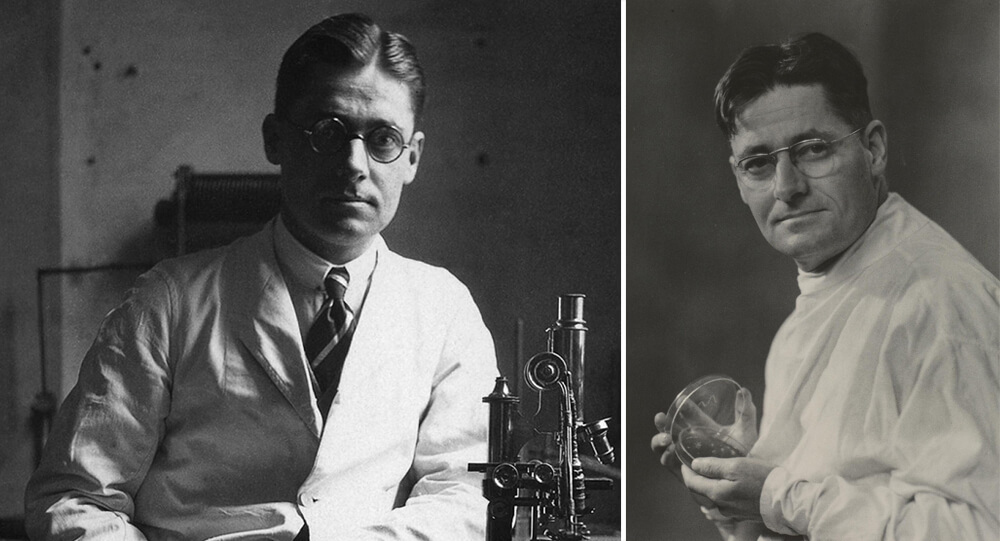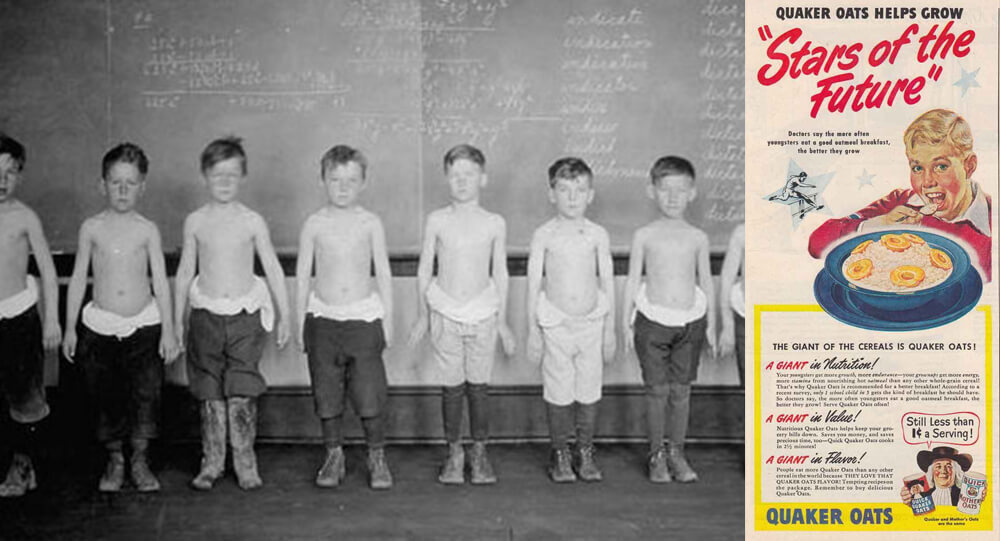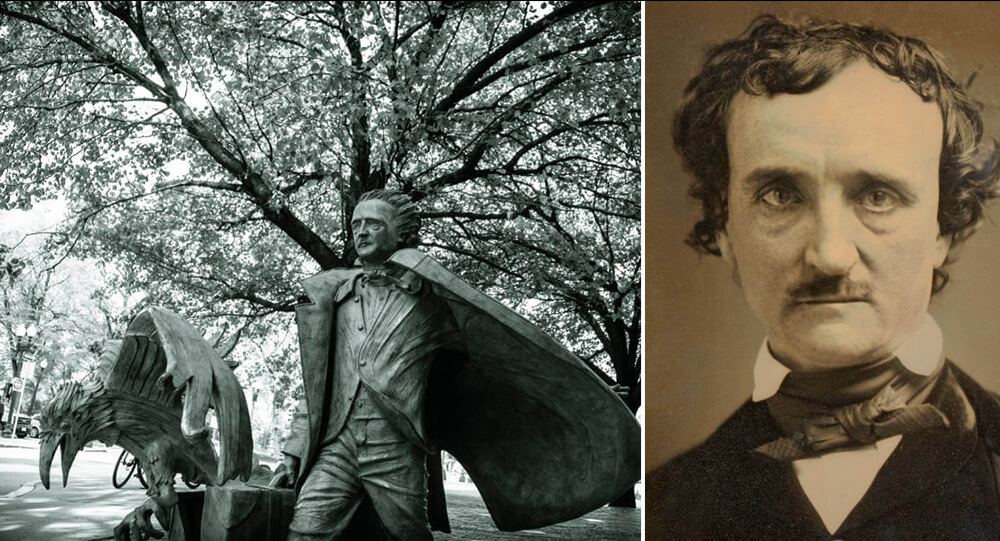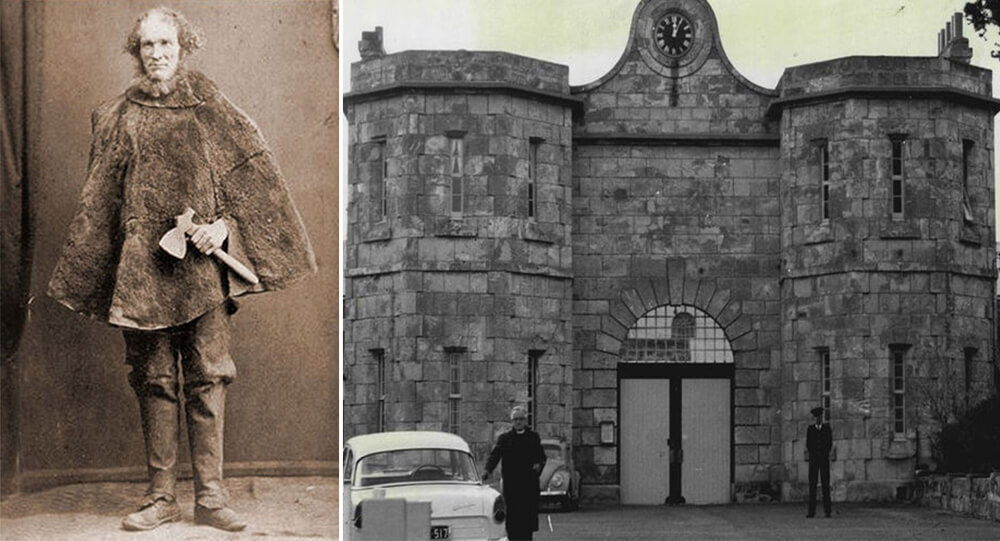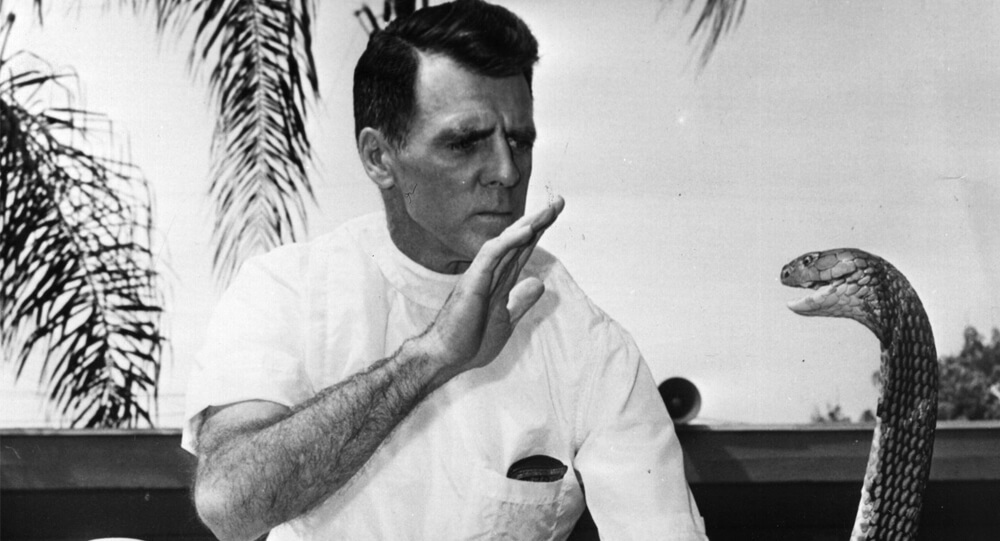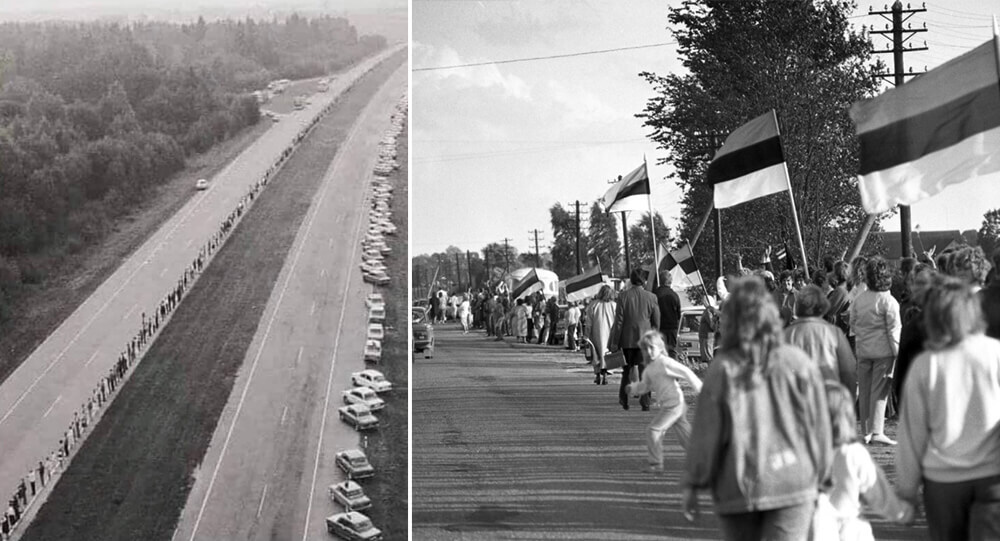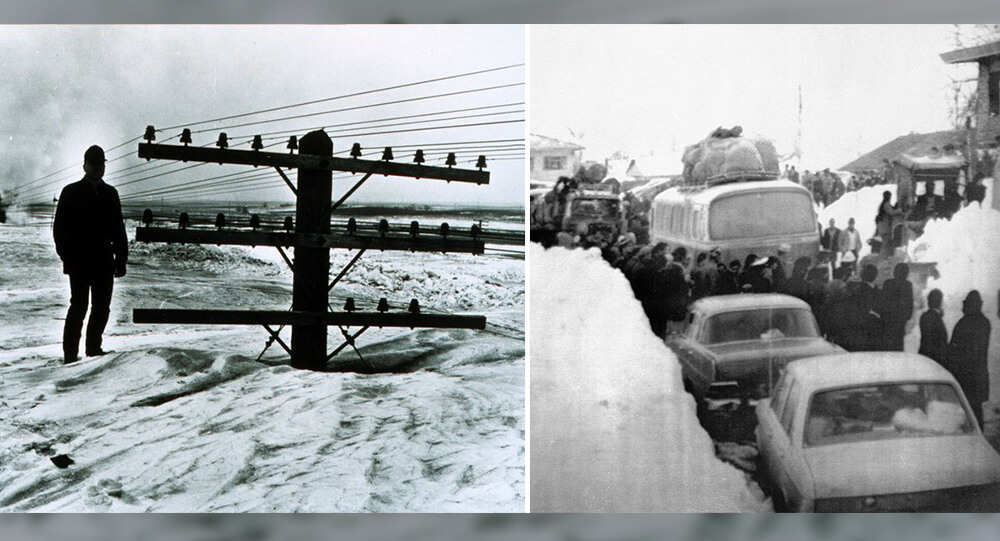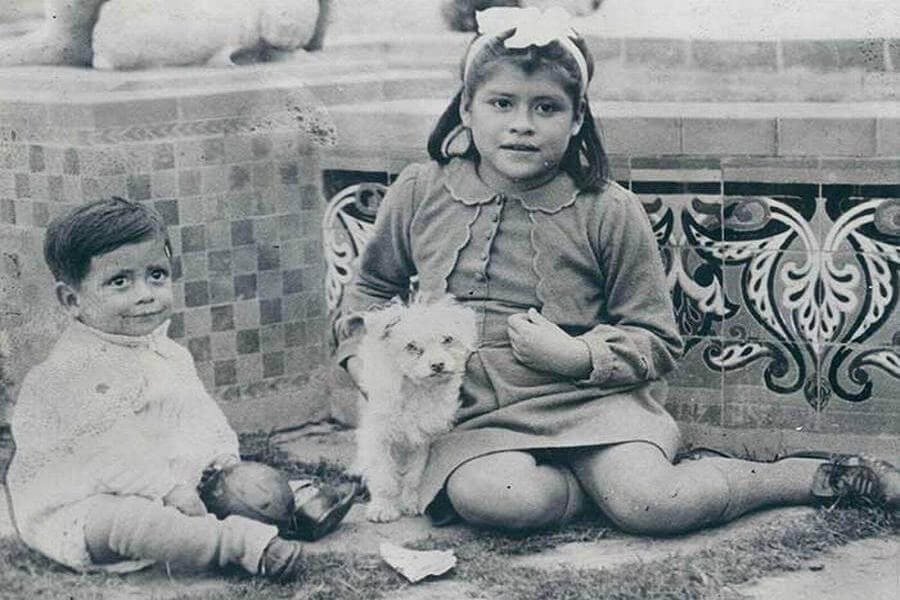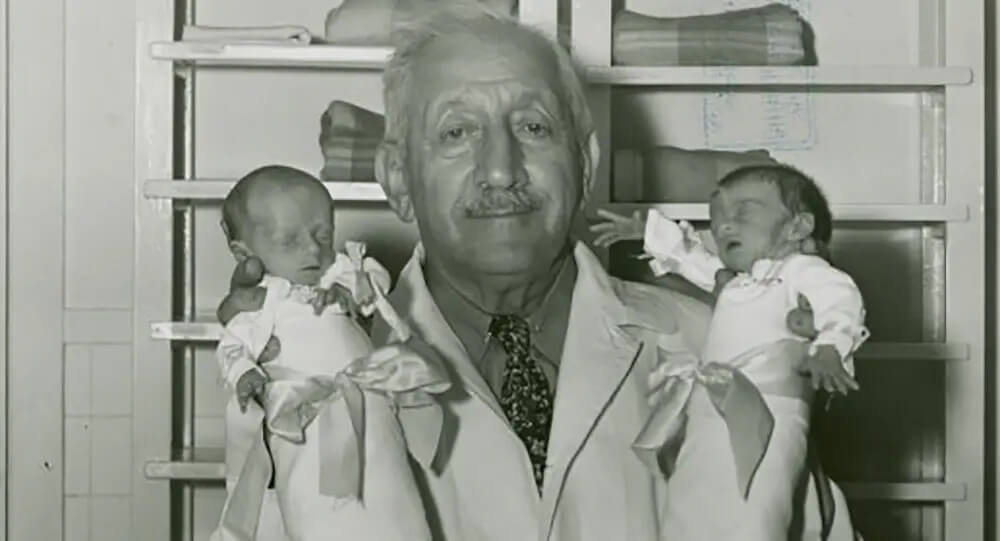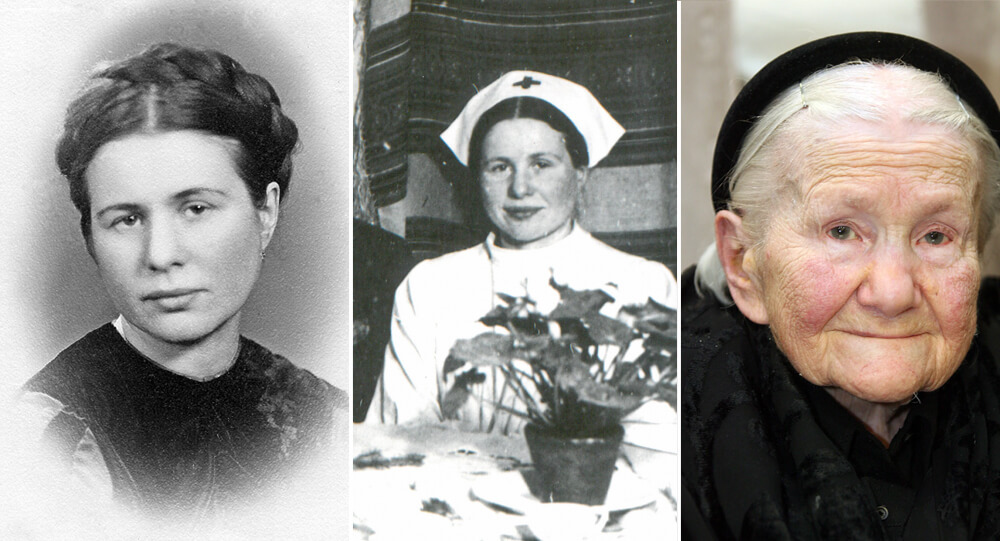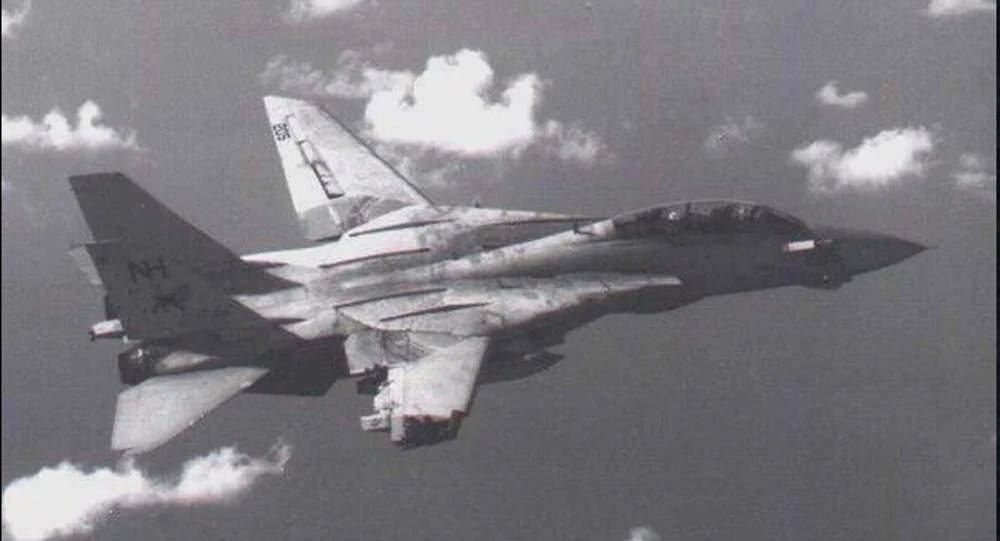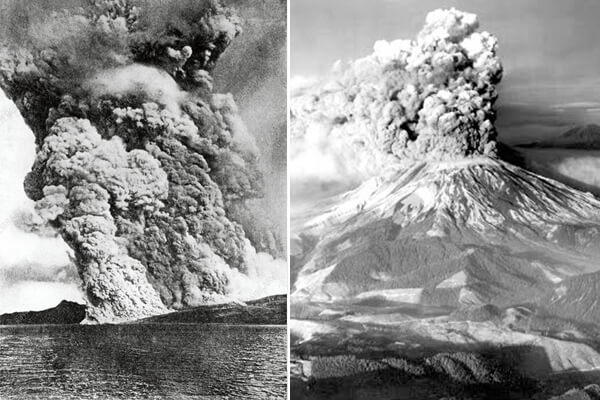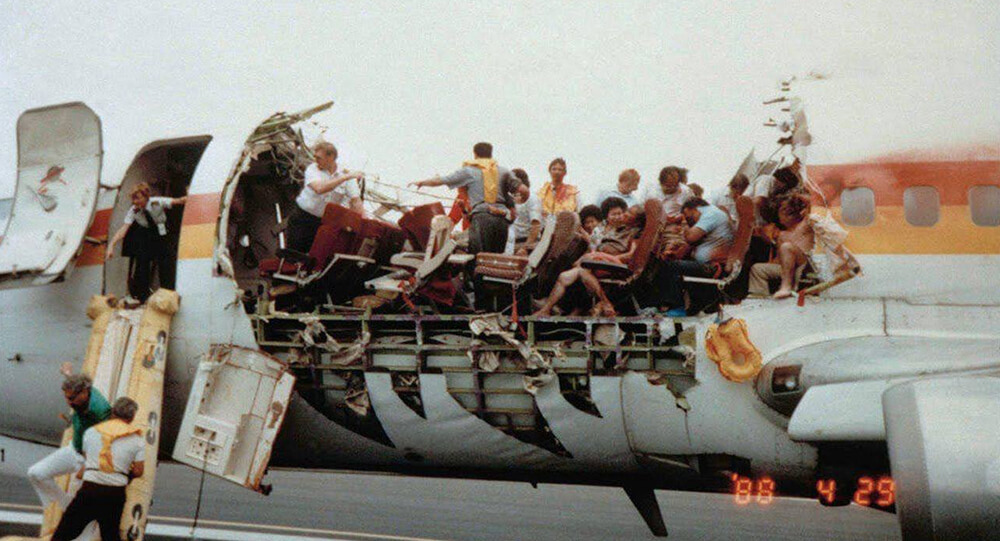

The incredible story of a plane that lost its roof in mid-flight and the light signal that saved 94 lives.
The Boeing 737-200 of Aloha Airlines, an American company with headquarters in Honolulu, Hawaii, was on the runway that Thursday at 1:20 pm finalizing the details of the positioning and getting ready for takeoff.
Five minutes later, on a traditional sightseeing flight, the co-pilot Madeleine Tompinks—one of the few women pilots in the US at the time—and the captain Robert Schornsteimer lift off from Hilo, Hawaii, bound for Honolulu, the state capital.
With 90 passengers and 5 crew, Flight 243 had taken off and was starting to ascend. It took off, reached a cruising altitude of 24,000 feet after 21 minutes of flight, and was getting ready to resume its regular route to Honolulu. But the reverse took place.

When the aircraft got to cruising altitude, it had an explosive decompression that blew off a lot of the side fuselage and part of the roof. A third of the passengers were left exposed, subject to furious winds and temperatures of 20 degrees (Celsius) below zero, as the plane began to move from the front to the wings.
Clarabelle Lansing, the cabin manager, was ejected from the aircraft automatically. Since his body was never discovered, it is likely that he perished when he fell into the water. In the midst of a string of miracles, there was a tragic death. because the light signal had not been turned off, and the rest of the passengers and cabin crew were still buckled up.
There were other miracles as well. Every effort was made to keep the aircraft’s metal from breaking under the strain. Only the lower racks of the cargo compartment connected the captain’s cabin to the rest of the aircraft, and it was tilted downward slightly. The 94 people who were still on board the Boeing 737-200 could have perished at any time if it had come off.

Despite the explosion’s noise and his confusion, Schornsteimer was able to call for an emergency landing at Kahului Airport in another Hawaiian city and start the descent of a plane that was in danger of collapsing at any moment.
Nevertheless, the commanders continued to descend for 13 minutes until they spotted the airport and began to prepare to land, all the while dozens of terrified passengers watched what was happening around them and waited to see if they would survive or not.
In spite of everything, the landing gear moved. The pilot and co-pilot successfully landed the damaged Boeing.
The commanders were forced to prepare for a high-speed landing because they were unable to slow down due to the damage to the aircraft, further jeopardizing the safety of the craft and those on board when they landed. However, despite all odds, the landing gear moved. Copilot Tompinks and Schornsteimer were able to safely land the damaged Boeing.
To see is to believe.
Images of a plane that had just landed on the runway with a third of its fuselage detached and passengers traveling inside it without a roof, as if it were an urban tourism bus, must have been shocking to the Kahului airport staff and the passengers who were in the terminal.
Lansing was the only person to have removed her seat belt prior to the explosion that ejected her into the air and into the water, likely to begin on-board duty. Lansing’s death was the only one accounted for by the accident.

A subsequent investigation found that metal fatigue was to blame for the aircraft’s failure. After 20 years of service, the aircraft had already experienced “unusual vibrations” during takeoff. The manufacturer had estimated a useful life of about 75,000 flights, but the aircraft had already flown 89,680.
The upper panels of the fuselage’s forward section undoubtedly cracked as a result of this excessive use. In fact, one of the survivors claimed to have noticed what she believed to be a surface crack near the gate.
The episode, one of the most famous in commercial aviation history, was reenacted in the first episode of Mayday: Air Disasters’ third season as well as in the 1,000 Ways to Die book series’ “Aspirated Stewardess” chapter. Additionally, it was explained in the CBS film Miracle Landing.

How did Howard Florey discover penicillin
Penicillin was discovered by Alexander Fleming, but he never attempted to turn it into an antibiotic. It wasn't until ten years later that Howard Florey discovered Fleming's obscure paper and understood the mold's potential. Up to 200 million lives may have been saved as a result of Florey's work.

Remembering the miracles of the 1985 Mexico earthquake (unbelievable stories)
In 1985, after an 8.0 magnitude earthquake hit Mexico City, nearly all newborn babies survived a collapsed hospital. They are known as “Miracle Babies” for surviving 7 days without nourishment, water, warmth or human contact.

Susanna Salter: The Trailblazing Story of America’s First Female Mayor
In 1887, Susanna Salter became the first female mayor in the United States, elected in Argonia, Kansas. Her nomination was initially a prank by men opposing women in politics. However, she won by a landslide and served effectively, inspiring the women’s suffrage movement and breaking barriers for women in leadership.

Quaker Oats Fed Children with Radioactive Oatmeal
In the 1940s and 1950s, Quaker Oats and MIT conducted experiments on radioactive iron and calcium-containing cereal. The diet was part of a study to see if the nutrients in Quaker oatmeal traveled throughout the body. In January 1998, a $1.85 million settlement was reached for 30 victims who came forward.

During the 1996 Olympic bombing, Richard Jewell falsely accused of committing the crime after saving dozens of people
Richard Jewell, an American security guard, discovered a bomb during the 1996 Olympic Games in Atlanta and assisted in the evacuation, but was later wrongfully accused and faced public scrutiny. He was cleared, but it had a lasting impact on him until his death in 2007 at the age of 44.

Ancient Egyptians Had Pregnancy Tests Over 3500 Years Ago
The ancient Egyptians used a pregnancy test that involved potentially pregnant women peeing on barley and wheat seeds. Plant growth indicated pregnancy: barley for a boy and wheat for a girl. Later tests revealed that pregnant women's urine causes plant growth 70% of the time, whereas non-pregnant women's urine does not.

Inside The Mysterious Death Of The Famed Gothic Writer Edgar Allan Poe
Hours before his death Edgar Allen Poe was found on the streets of Baltimore. He was incoherent, wearing another man’s clothes, and unable to explain how he got there. The cause of his death is an unsolved mystery.

Moondyne Joe: The story of Australia's most notorious prison escapee
A man named Joseph Bolitho Johns (A.K.A Moondyne Joe) broke out of Australian prisons so many times that the police were compelled to build a special cell just for him. He escaped from that as well.

Mario Segale, Developer Who Inspired Nintendo to Name Super Mario
Super Mario is named after real-life businessman Mario Segale, who was renting out a warehouse to Nintendo. After Nintendo fell far behind on rent, Segale did not evict them but gave them a second chance to come up with the money. Nintendo succeeded and named their main character after him.

Charlie Brown and Franz Stigler incident: Enemy became friends
During WWII, a German pilot spotted an American pilot’s crippled plane in the sky. Tailing it, he noticed that gunner was dead, crew injured, and they posed no threat. Instead of destroying the plane, he led it to safety. 40 years later, the two pilots reunited.

From Flapper to Fashion Week: How 1920s Style Still Shapes Modern Trends
The roaring 1920s revolutionized fashion, introducing bold styles, daring cuts, and a spirit of freedom that still inspires today’s wardrobes. From flapper dresses to statement accessories, here’s how the Jazz Age lives on in modern fashion.

The story of Bill Haast, who lived to be 100 despite his extensive snake venom injections
Bill Haast immunized himself by injecting snake venom into his blood for several years. He holds the Guinness World Record for surviving the most lethal snake bites, having been bitten over 172 times. Bill became known as "Snake Man" around the world and lived for over 100 years.

Saudi Arabia camel carvings dated to prehistoric era
Archaeologists were shocked to discover that a series of camels carved into desert rock faces in north-western Saudi Arabia are actually prehistoric, dating from 7,000-8,000 years ago - before either the Pyramids of Giza or Stonehenge were built.

The Baltic Way: the longest unbroken human chain in history
On August 23, 1989, about 2 million people from Latvia, Estonia, and Lithuania formed a human chain that united all 3 countries to show the world their desire to escape the Soviet Union and the communism that brought only suffering and poverty. This power stretched 600 km.

The worst blizzard in recorded history: the 1972 Iran blizzard
The deadliest snowstorm ever recorded occurred in Iran in 1972. It lasted for a week, burying areas in 26 feet of snow and killing over 4,000 people, including the entire populations of three villages.

The incredible story of Julia "Butterfly" Hill and her legacy
American environmental activist Julia “Butterfly” Hill lived in a 1500-year-old California Redwood tree for 738 days to prevent it from being cut down by the Pacific Lumber Company. The Simpson’s episode “Lisa the Tree Hugger” was inspired by Hill’s story.

story of the youngest mother in the world at age of five - Lina Medina
Lina Medina, a five-year-old Peruvian girl, became the youngest mother in history in 1939 when she gave birth to a boy.

Martin Couney, Saved Thousands of Premature Babies Wasn’t a Doctor at All
Martin Couney never qualified as a medical doctor. However, in the 1900s, he saved thousands of premature babies by exhibiting them in incubators at his Coney Island sideshow. Over the course of his career, he is said to have saved about 6,500 babies that had previously been written off by mainstream medicine.

Irena Sendler: woman who rescued Jews during holocaust
Irene Sendler was the Zegota resistance group's head of the children's department. She risked her life to smuggle children out of the Warsaw ghetto, place them with Polish families or orphanages, give each child a new identity, and keep records so that they could be returned to their families. In 1943, the Gestapo arrested and sentenced her to death, but she was rescued by Zegota.

The 1976 April Fools' Pranks, Planetary Alignment
On April fool's Day, 1976, the BBC convinced many listeners that a special alignment of the planets would temporarily decrease gravity on Earth. Phone lines were flooded with callers who claimed they felt the effects.

The History Behind the “No One Dies Alone” Program
In 1986, while doing a night shift at the hospital, Sandra Clarke, a registered nurse, was asked by an elderly patient to stay. She promised to be back after checking on her other patients, but by the time she returned, the gentleman had passed away. Clarke became one of the key figures in launching No One Dies Alone, a program that allows volunteers to sit with terminal patients who have no one else.

The Day an Israeli F-15 Landed with One Wing: Zivi Nedivi’s Unbelievable Mid-Air Survival
Discover the astonishing true story of Israeli pilot Zivi Nedivi, who safely landed an F-15 after a mid-air collision tore off its entire right wing. Learn how skill, quick thinking, and the F-15’s unique design turned a disaster into a legendary feat in aviation history

Underground Railroad to Mexico freed thousands of slaves in 1829
Slavery was abolished in Mexico in 1829. Slaves were escaping to Mexico, and slaveholders in the US were aware of this. The US attempted to get Mexico to sign a fugitive slave treaty, which would have required Mexico to send back escaped slaves to the US. But, Mexico refused, arguing that slaves were free as soon as they set foot on Mexican soil.

10 world’s most destructive and dangerous volcanic eruptions in history
Volcanic eruptions can devastate cities, change the world's atmosphere, and devastate economic systems. They can create molten lava rivers, mudslides, suffocating ash, and poisonous gases that cause chaos around the world for years. A volcanic explosion's effects can be massive, from its size to its death toll to its economic cost. Here is ten world’s most destructive and dangerous volcanic eruptions in history.

What exactly was the US's 'Ghost Army' during WWII?
During WW2, there was a special unit of men dubbed the ‘Ghost Army’. The unit was made of artists, creative and engineers and their job was to create deception about the enemy. From inflatable tanks to phony convoys to scripted conversations in bars intended to spread disinformation, they used all possible tricks to fool the enemy.

